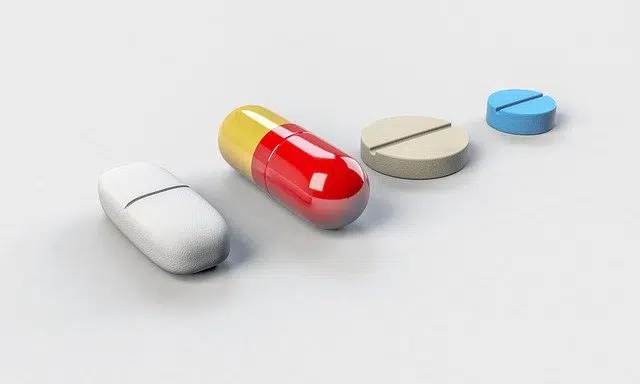
An antibiogram allows us to know the response of a microbe to an antibiotic.
The etymological root of antibiogram is possibly found in the French word antibiogramme . This term, in turn, is a portmanteau of antibiotique (which can be translated as “antibiotic” ) and the suffix -gramme (i.e. “-grama” ).
To understand the notion of antibiogram, therefore, it is important to pay attention to the components of the concept. An antibiotic is a substance that is capable of eliminating or stopping the development of certain microorganisms capable of causing diseases . The ending -grama , meanwhile, refers to something graphic or written .
What is an antibiogram
An antibiogram is a laboratory test that is carried out to determine the sensitivity of a microorganism to an antibiotic . At this point it is important to mention that a microorganism , also called a microbe , is a tiny single-celled organism that can only be seen through a microscope.
What an antibiogram allows is to discover how resistant or sensitive the microorganism is to the action of the antibiotic . Therefore, the study measures the susceptibility of the pathogen. The result of the procedure is also called antibiogram.
It should be noted that antibiotics can act in two ways. Bacteriostatic substances interrupt the development of microorganisms, while bactericidal substances cause their death .
A resource that saves lives
Antibiotics can be produced by a living being, which is why they are classified as natural . Another possibility is that they are made by synthesis ( synthetic antibiotics ) or from the chemical alteration of a compound of natural origin ( semi-synthetic antibiotics ).
Thanks to the discovery and manufacture of antibiotics, mortality linked to different infections was reduced. In turn, many pathogens, over time, managed to increase their capacity to resist these products.

With an antibiogram it is possible to determine the appropriate treatment for an infection.
Returning to the idea of an antibiogram, this test provides information about the reaction of the microorganism to an antibiotic. In this way, it is possible to determine the appropriate treatment for a patient suffering from a certain infection, since it is known which antibiotic is effective against the microbe in question.
In other words: if an antibiogram reveals that an antibiotic P is effective against a microorganism
How an antibiogram is performed
The antibiogram is indicated to determine the probability that a specific antibiotic is suitable to counteract the fungal or bacterial development that causes an infection . To perform the test , you need to take a sample from the infectious focus and culture it specifically in order to establish which fungus or bacteria is causing the infection.
Depending on the type of infection, it may be a urine culture , a stool culture , or another type. What is done is to isolate the pathogens and identify them through molecular, enzymatic or biochemical tests. If the pathogens detected are not those whose response to standard treatments is already known to be positive, the antibiogram is performed to study the susceptibility of each type of fungus or bacteria found in the sample to different antibiotics.
It must be taken into account that, in the case of viruses , the analysis of sensitivity to antibiotics is carried out in a different way and is not usually mentioned as an antibiogram.
